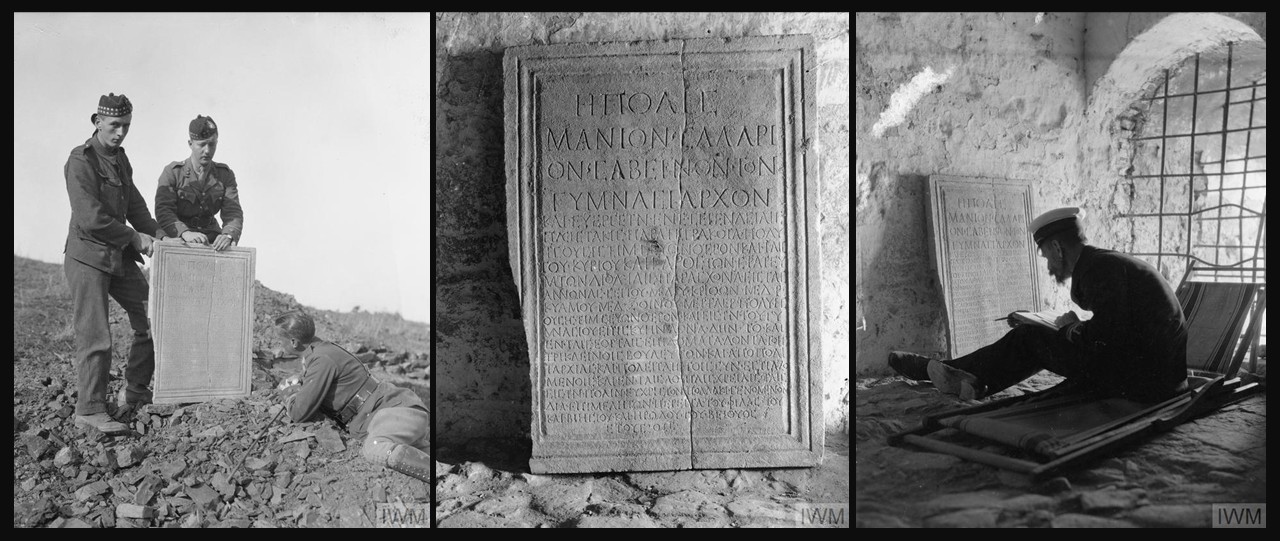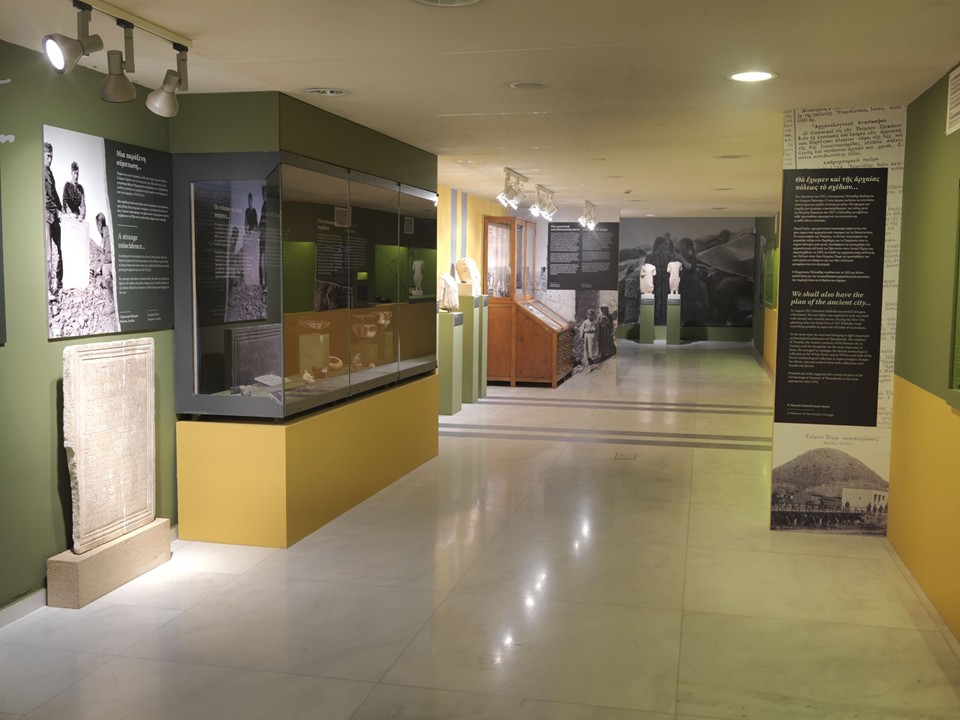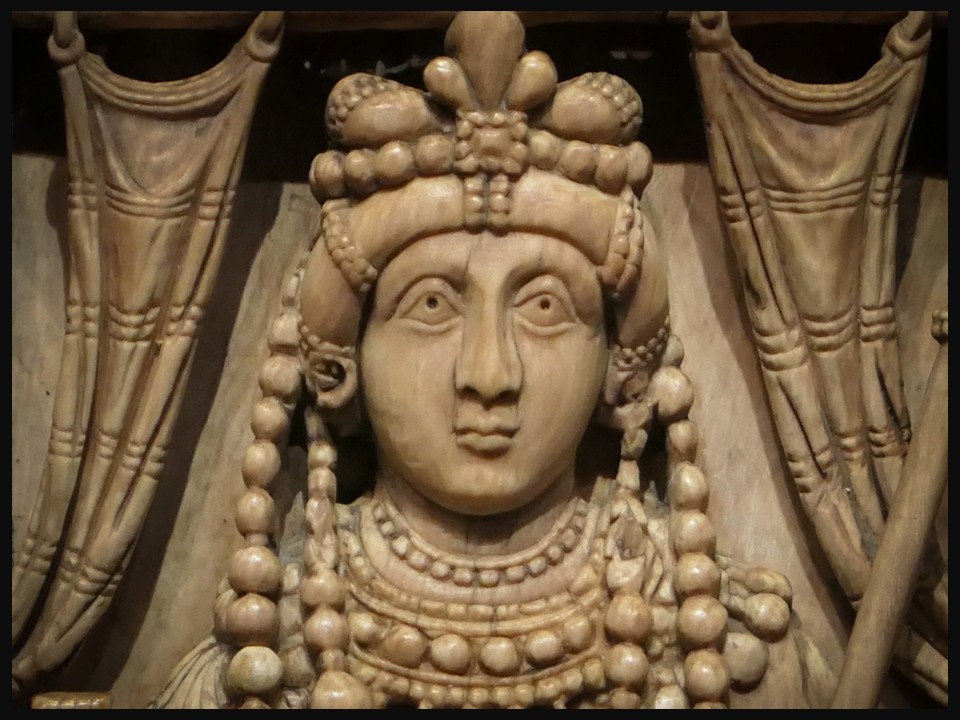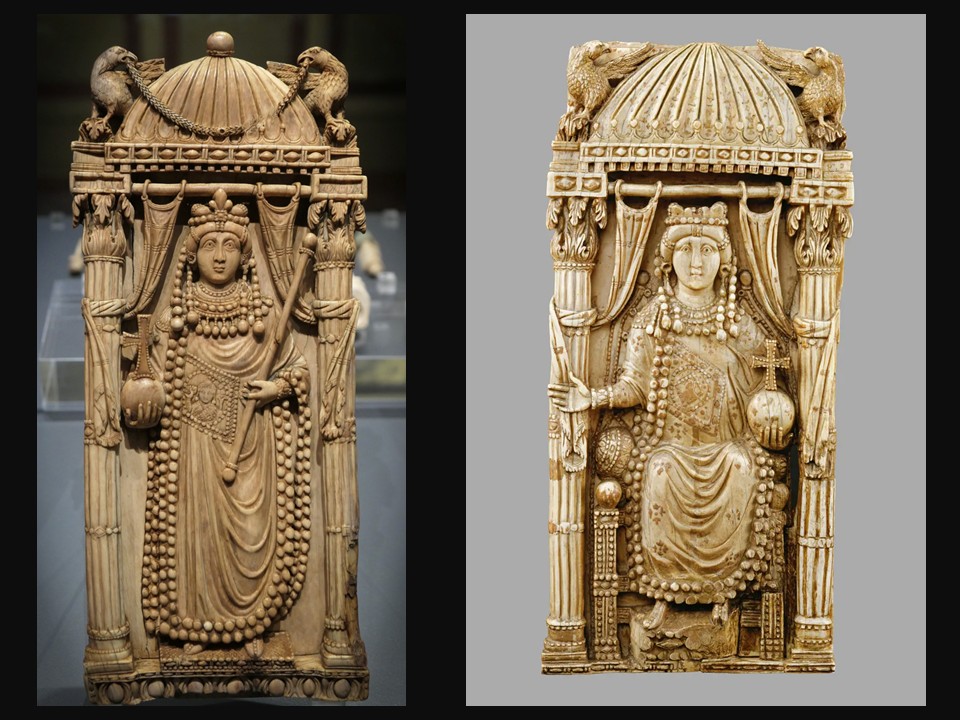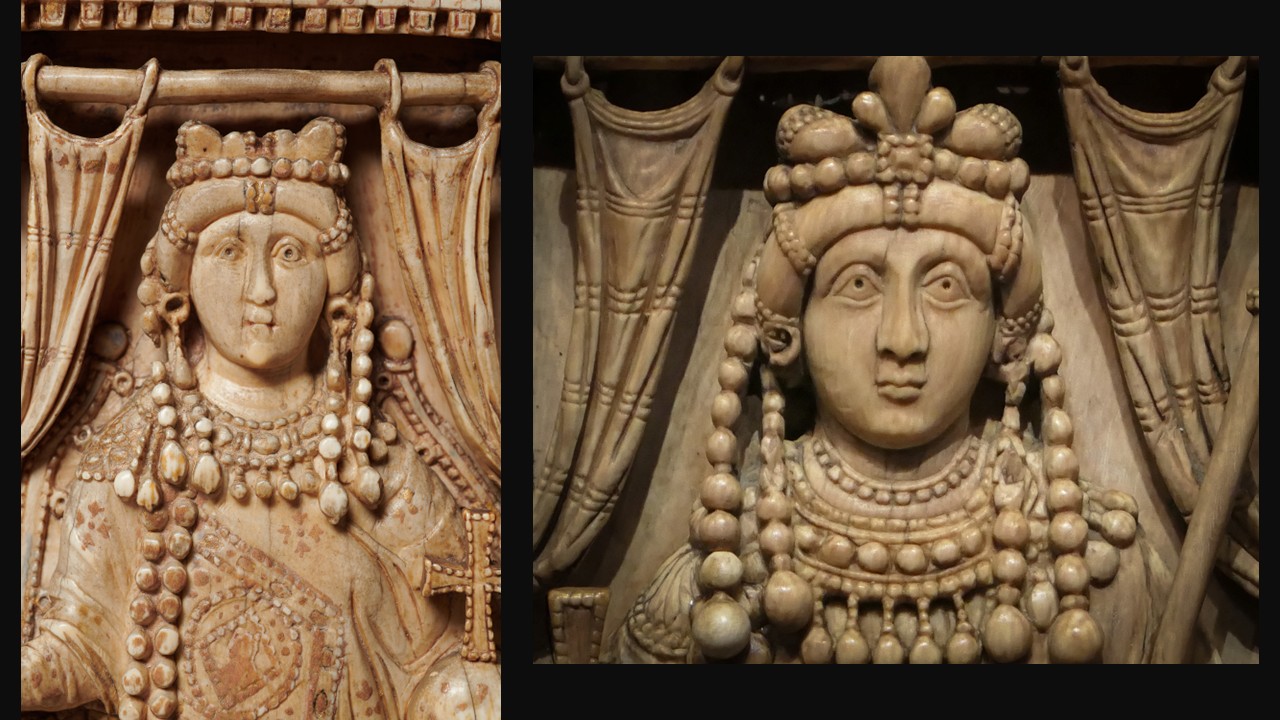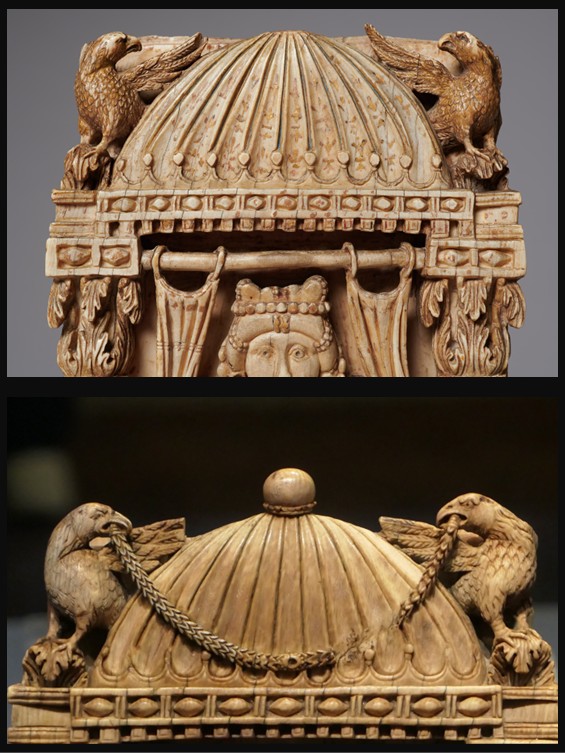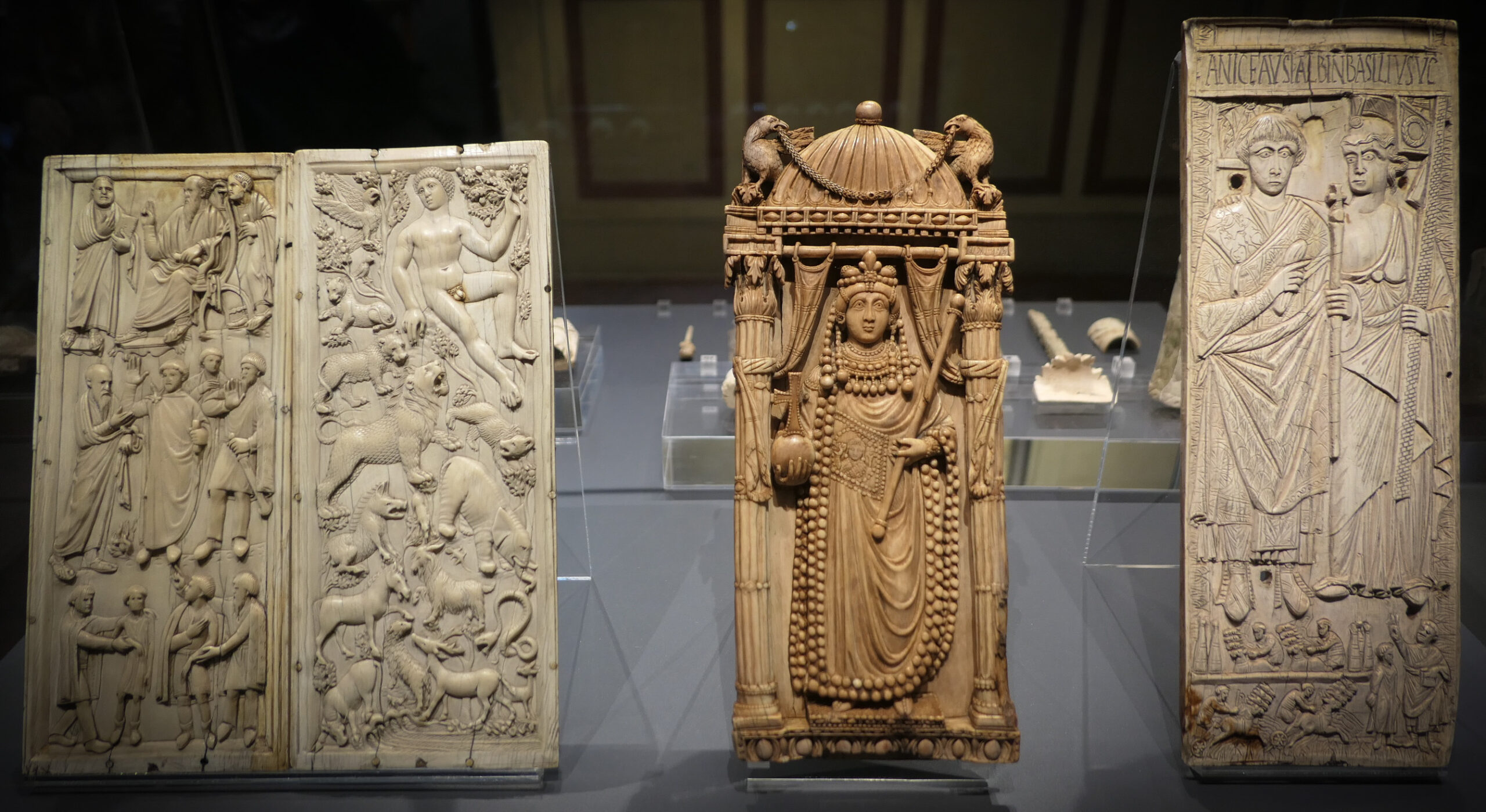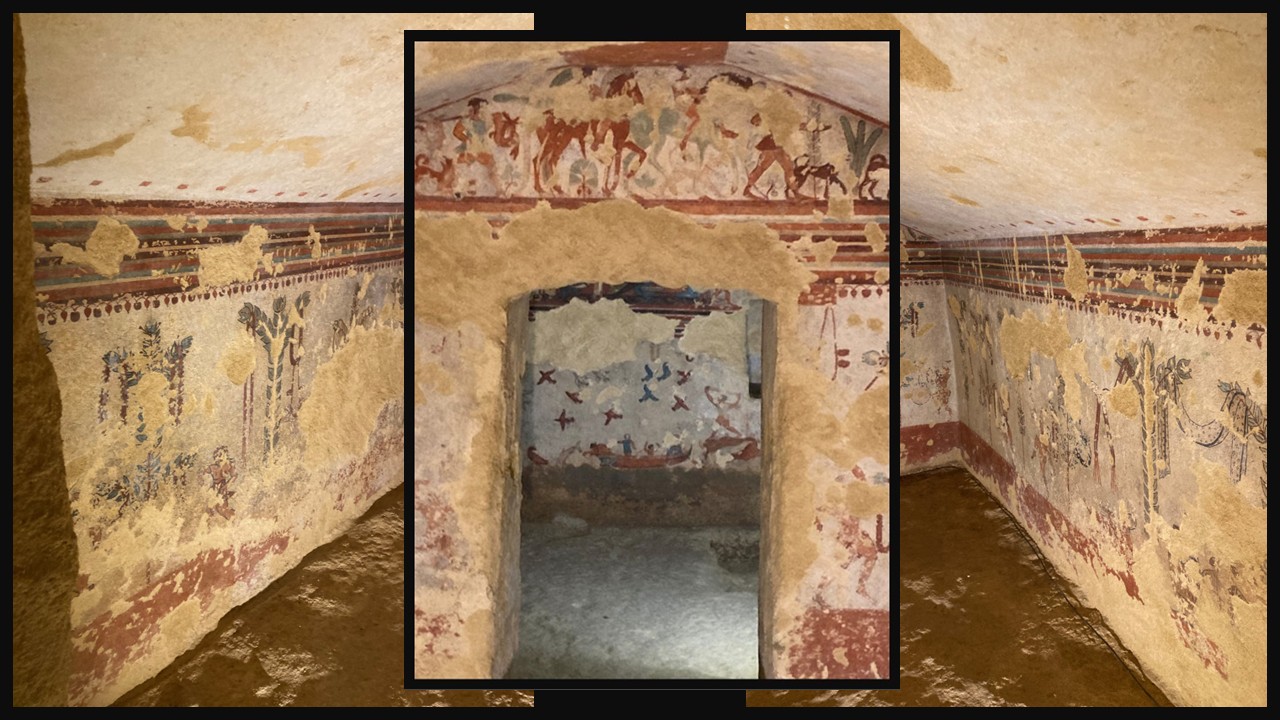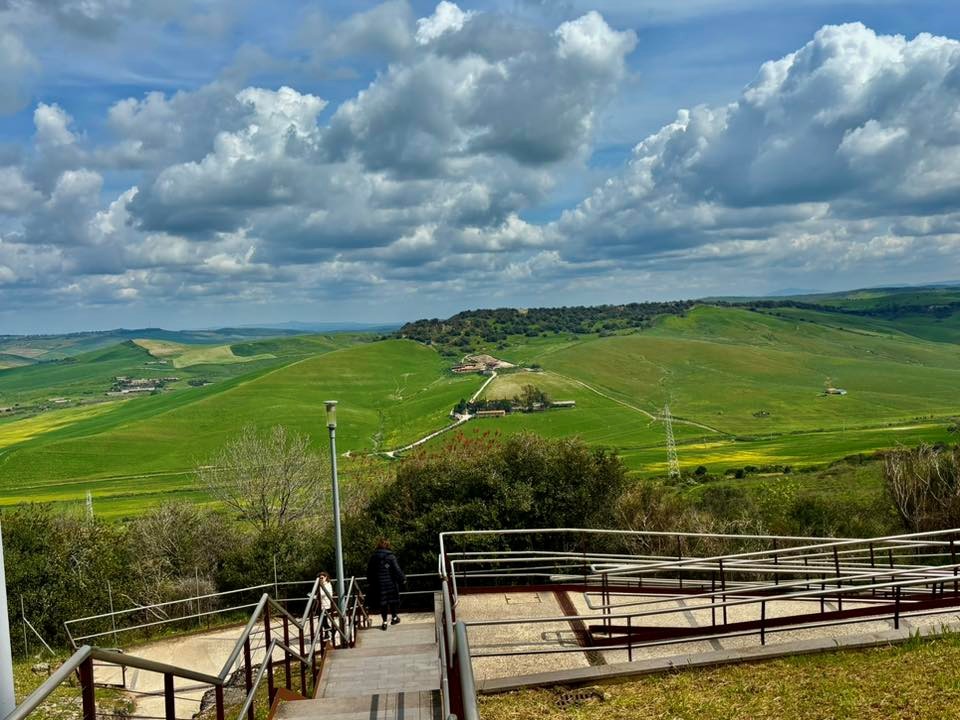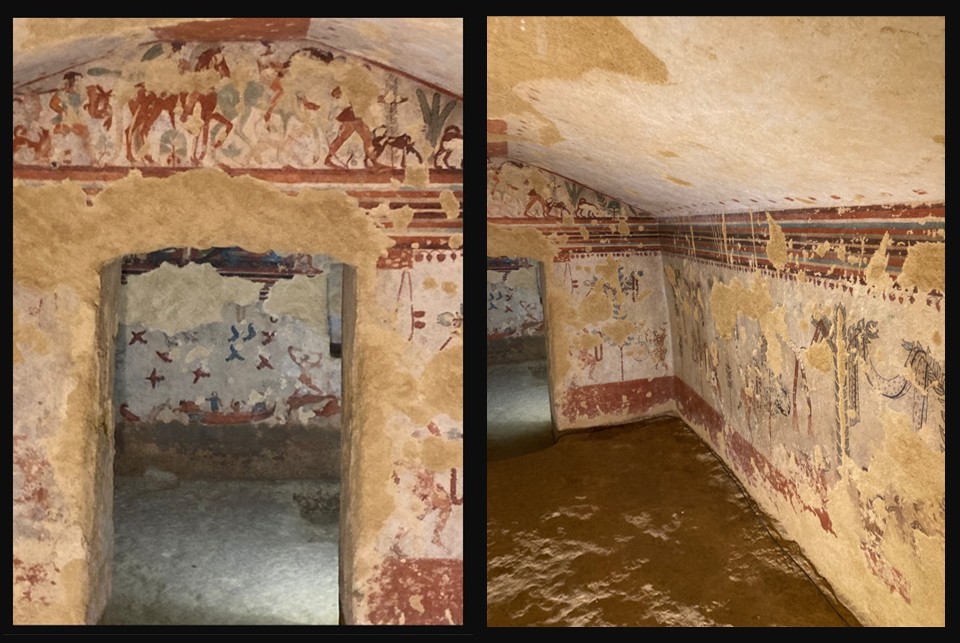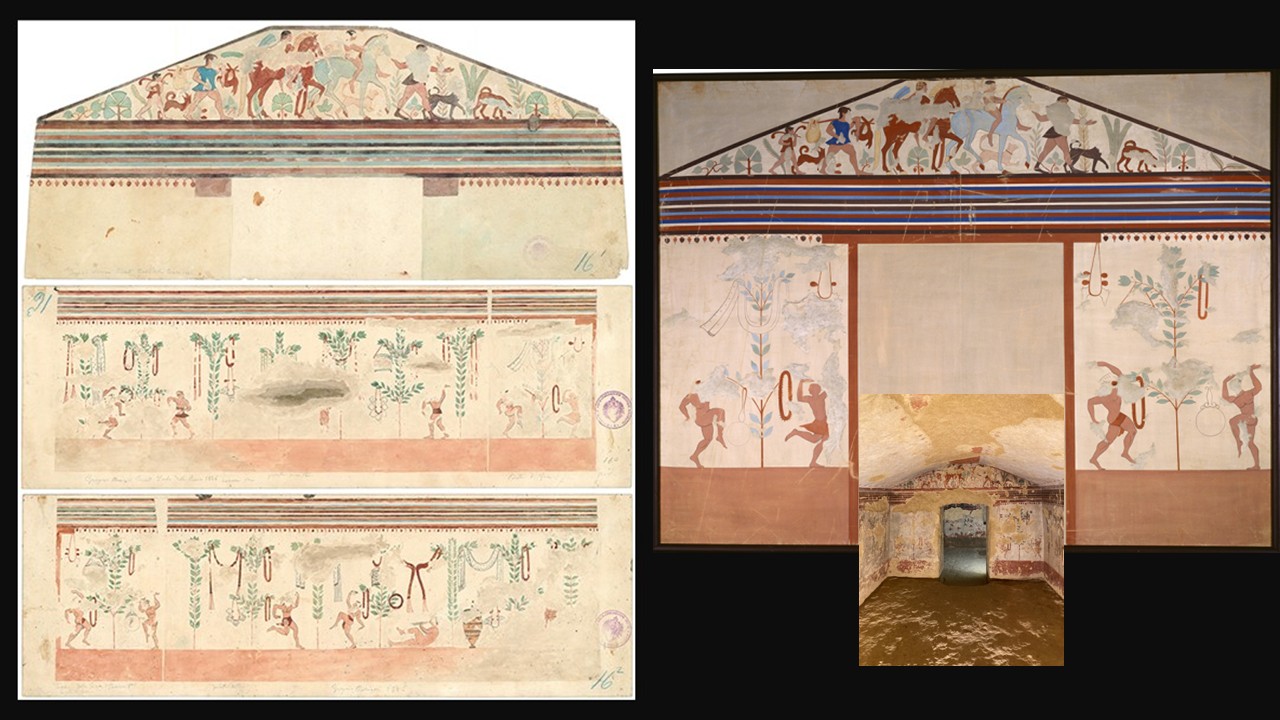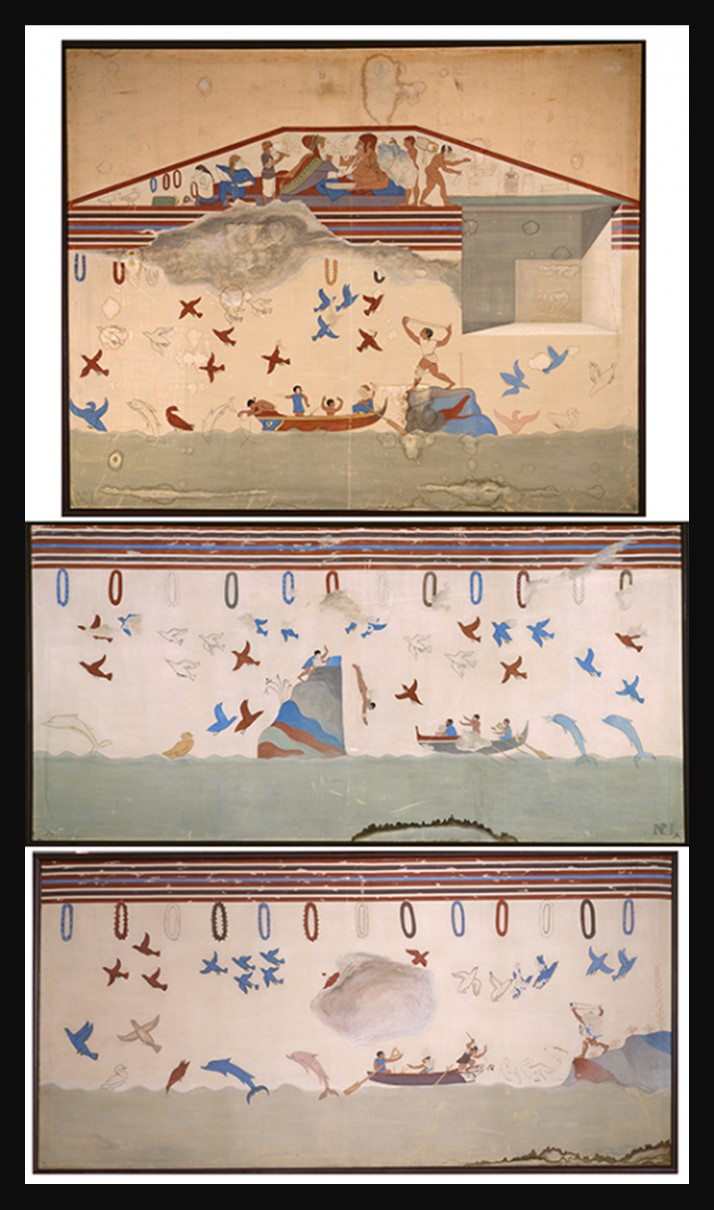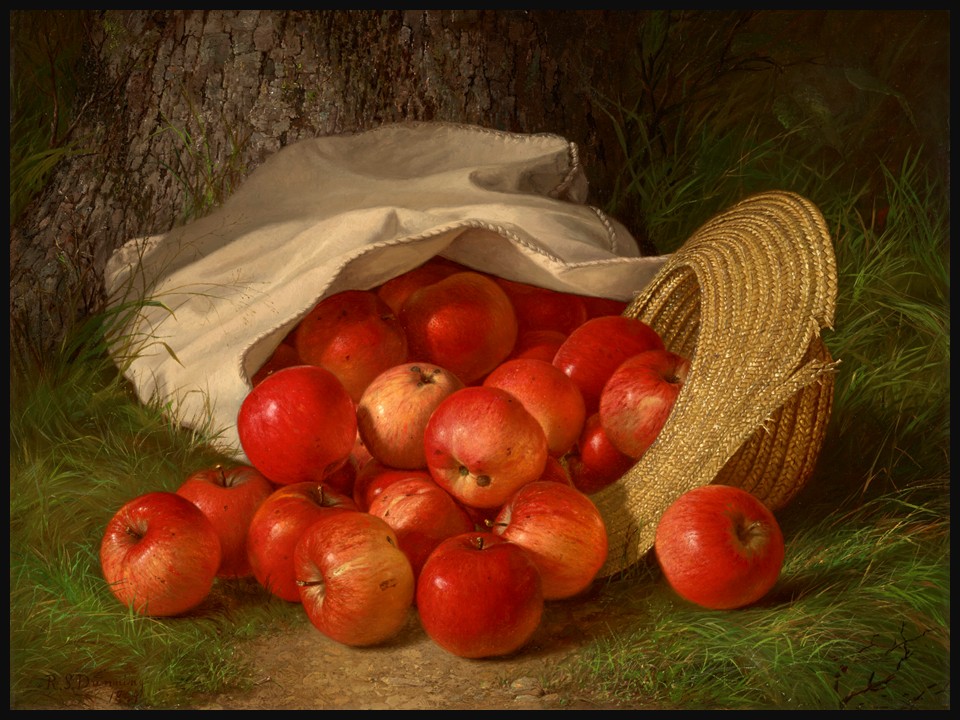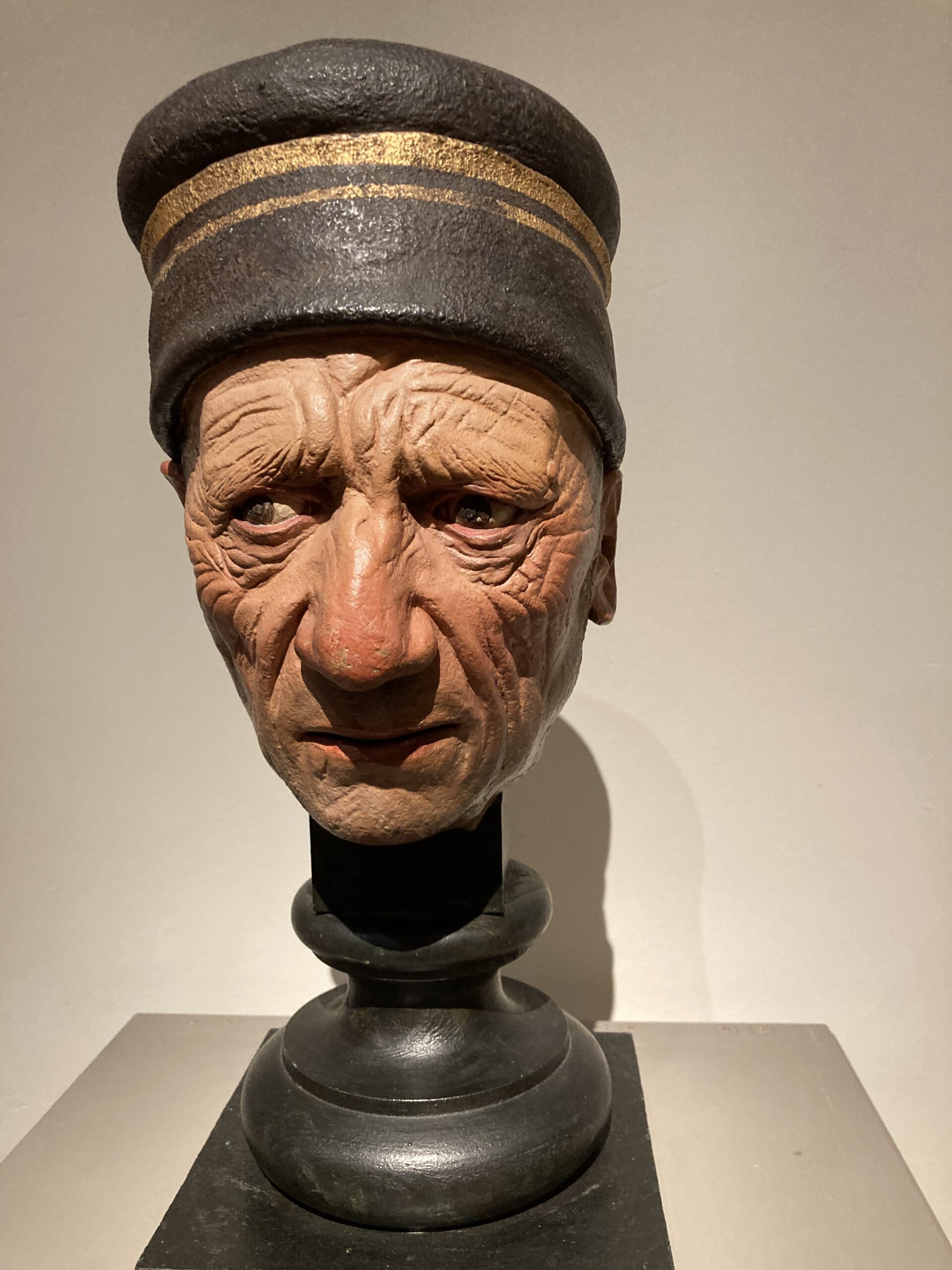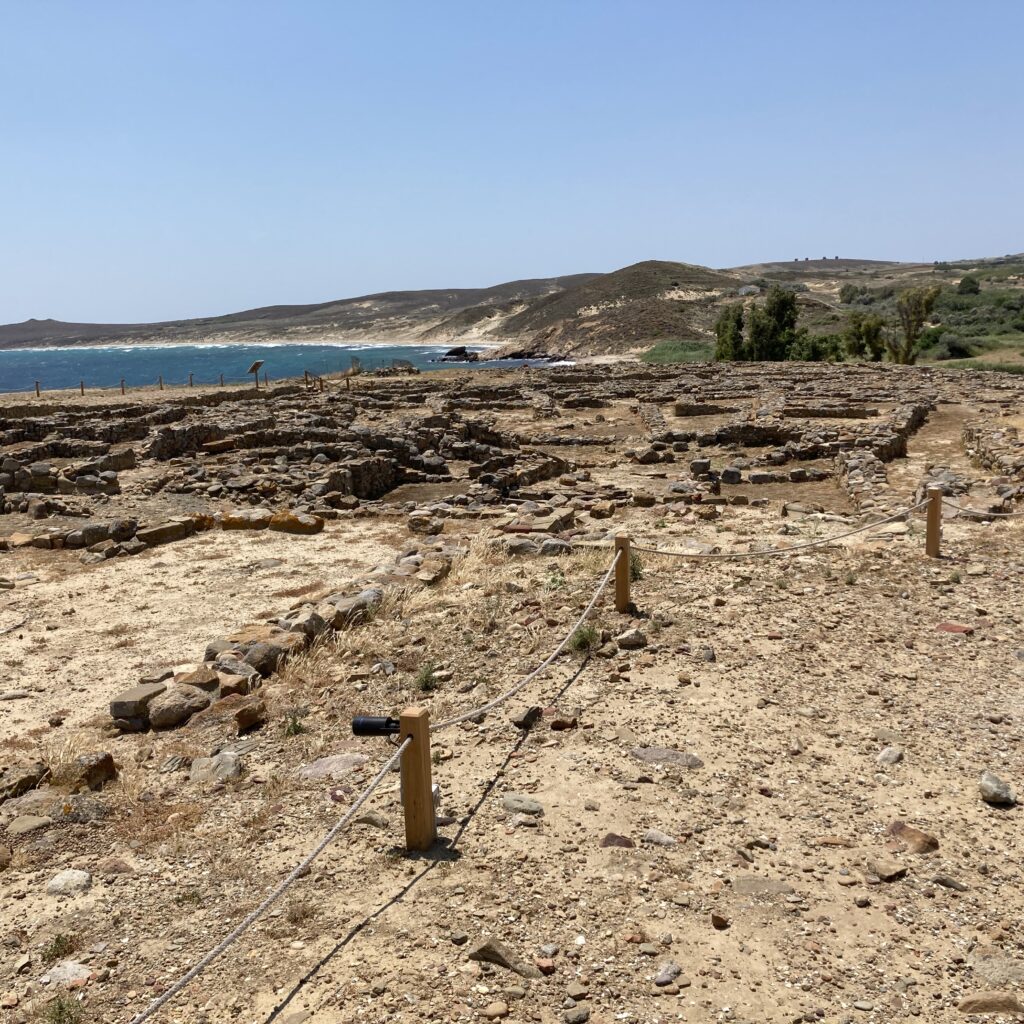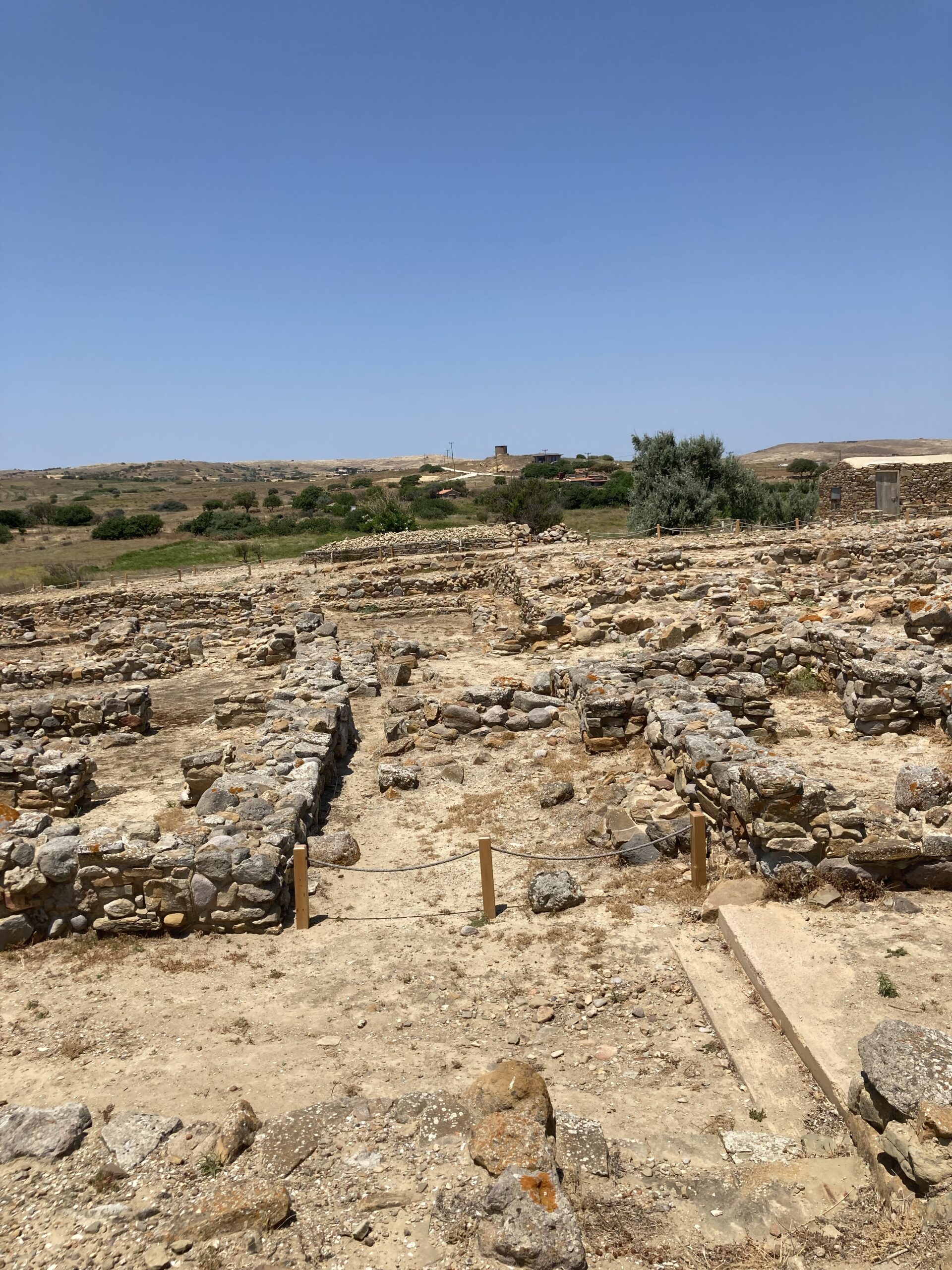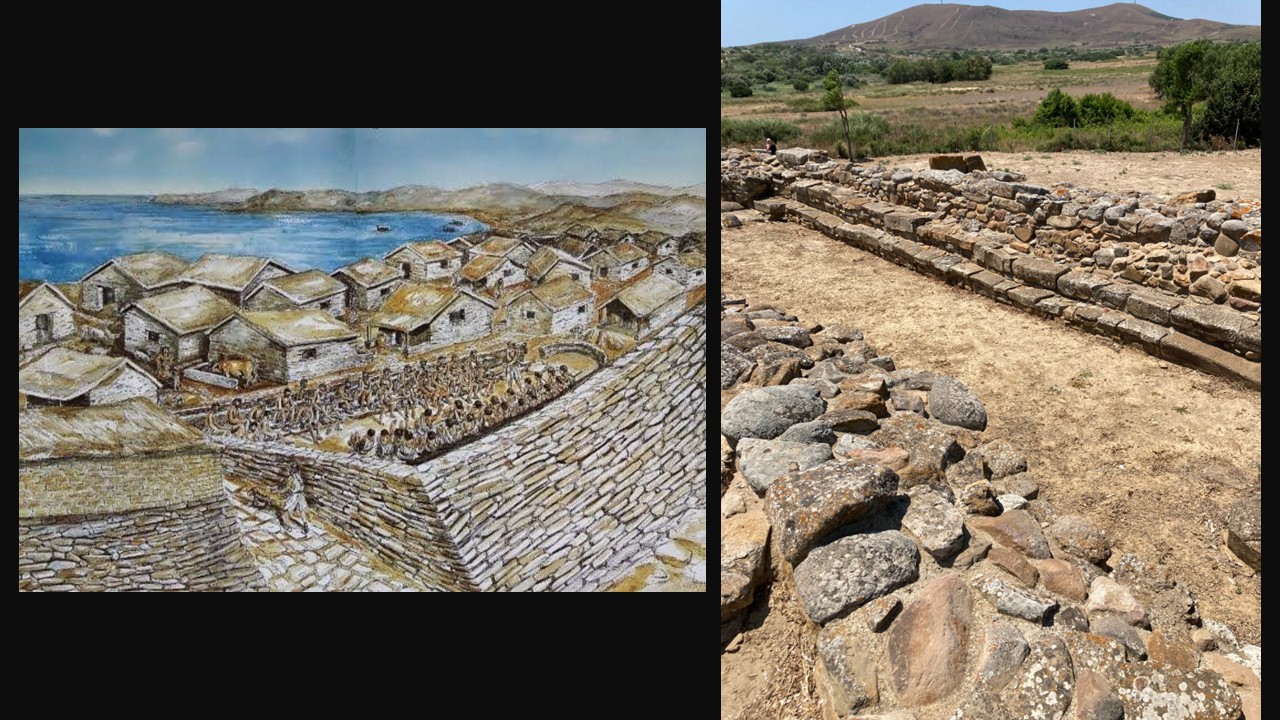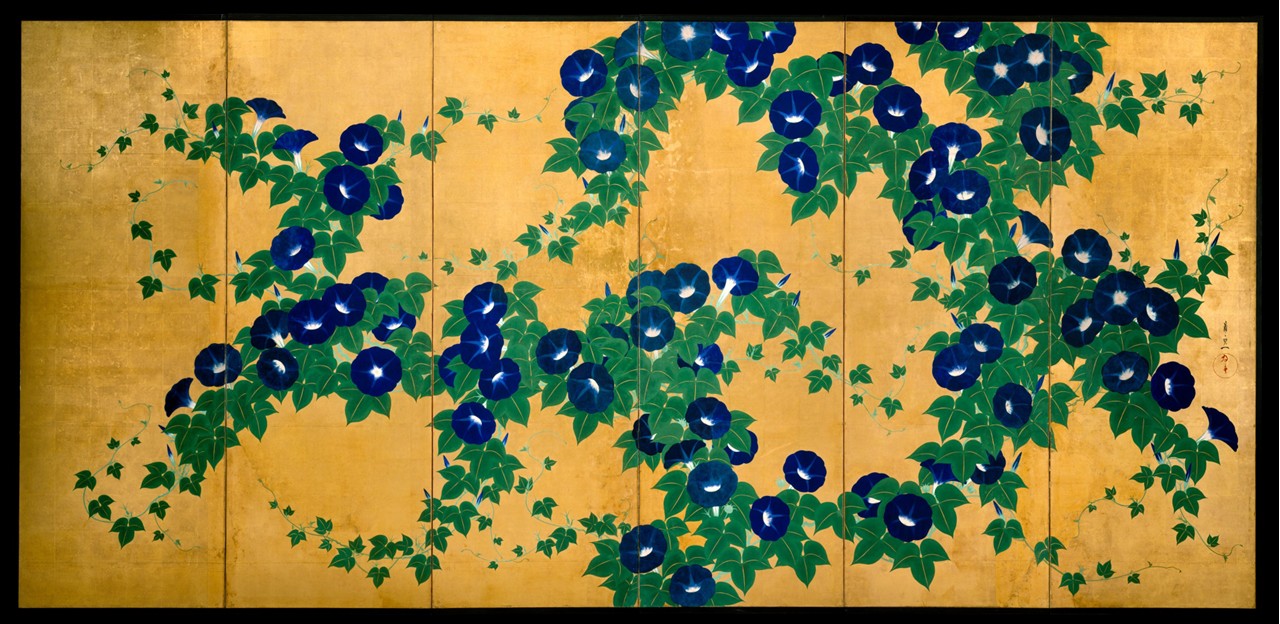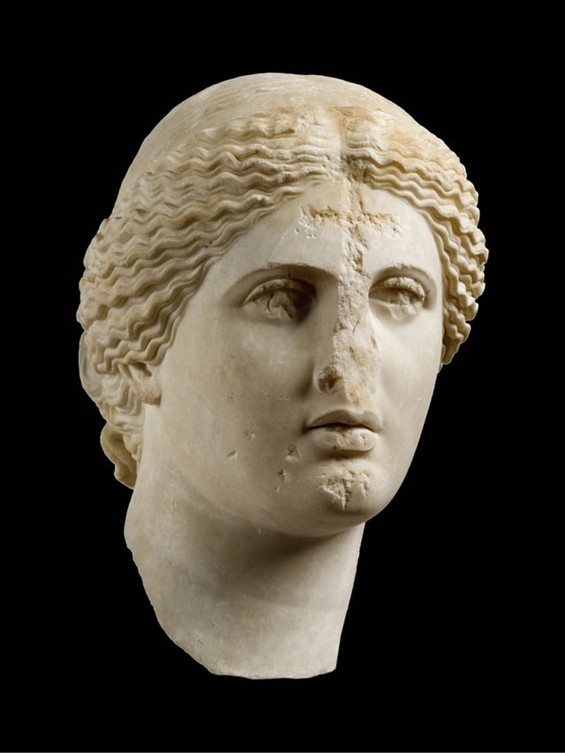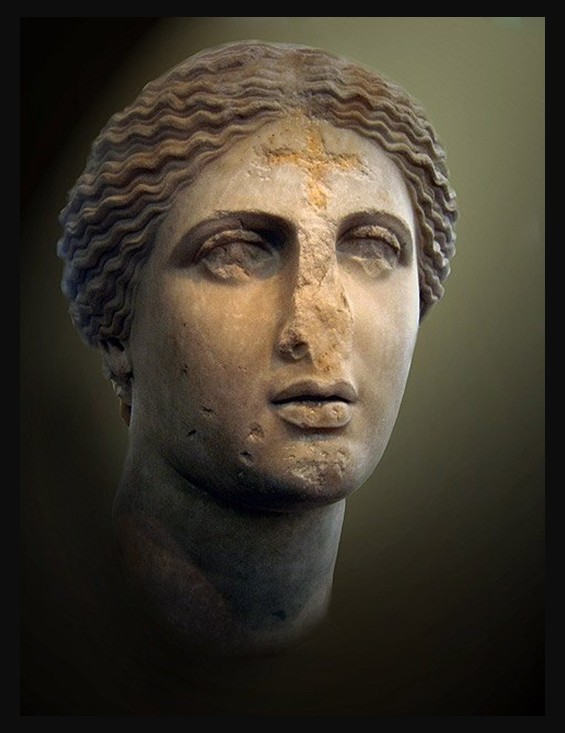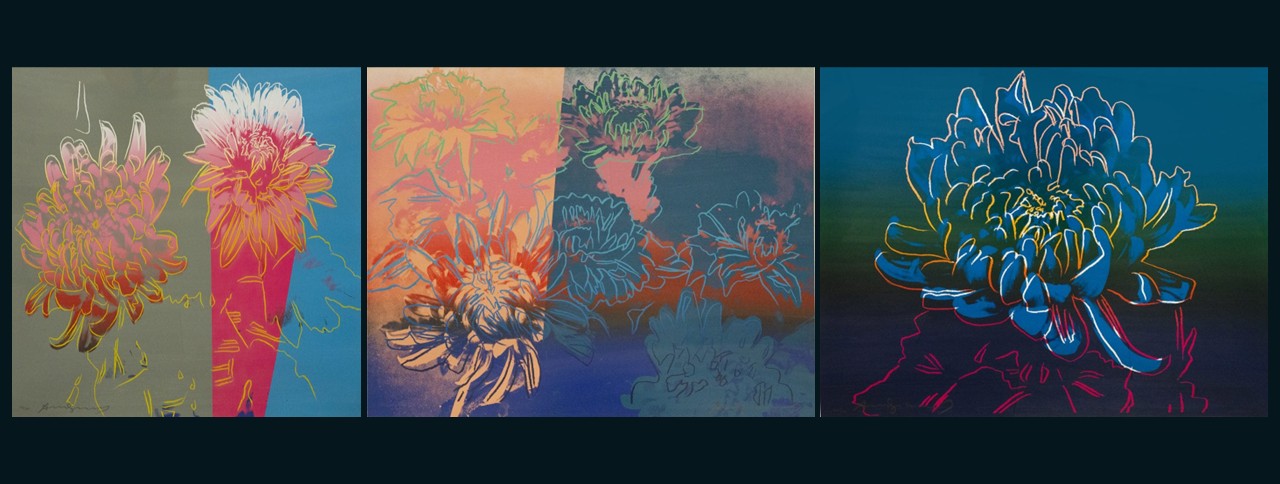
Kiku, 1983 — Screenprint, 50 × 66 cm | Private Collection
Kiku, 1983 — Screenprint, 48 × 66 cm | Private Collection
Kiku, 1983 — Screenprint, 50 × 66 cm | Private Collection
Shapero Modern, London, UK https://news.artnet.com/art-world/spotlight-andy-warhol-chrysanthemum-prints-1991310
November brings the chrysanthemum, recognized in floral tradition as the flower of the month and long celebrated in art and poetry. Matsuo Bashō (1644–1694) captured its quiet beauty in his haiku: Chrysanthemums bloom— / the scent of old age / in the autumn dusk. More than three centuries later, Andy Warhol’s Kiku prints reimagine this iconic flower. In his series of three prints, he transforms the traditional symbol of autumnal reflection into a vibrant, modern meditation on color, repetition, and the persistence of life and memory. Warhol’s chrysanthemums echo the seasonal beauty that Bashō so delicately observed, bridging centuries of artistic contemplation around a single, enduring motif.
In 1983, Warhol was commissioned by Fujio Watanuki, a prominent figure in the Japanese avant-garde and founder of the Gendai Hanga Center in Tokyo, to create a series inspired by the chrysanthemum, or kiku in Japanese. This collaboration marked a significant intersection of Eastern and Western artistic sensibilities. Having previously visited Japan in 1956 and 1974, Warhol was invited to produce a body of work that resonated with Japanese culture, particularly focusing on flowers. The resulting Kiku series comprises three screenprints, each depicting the chrysanthemum in Warhol’s signature pop art style. Unusually small in scale, the prints echo the intimate proportions of Japanese hanging scrolls and screens. Warhol’s screenprinting technique involved layering vibrant colors onto Rives BFK paper, creating dynamic compositions that blend traditional Japanese motifs with his bold, graphic abstraction.
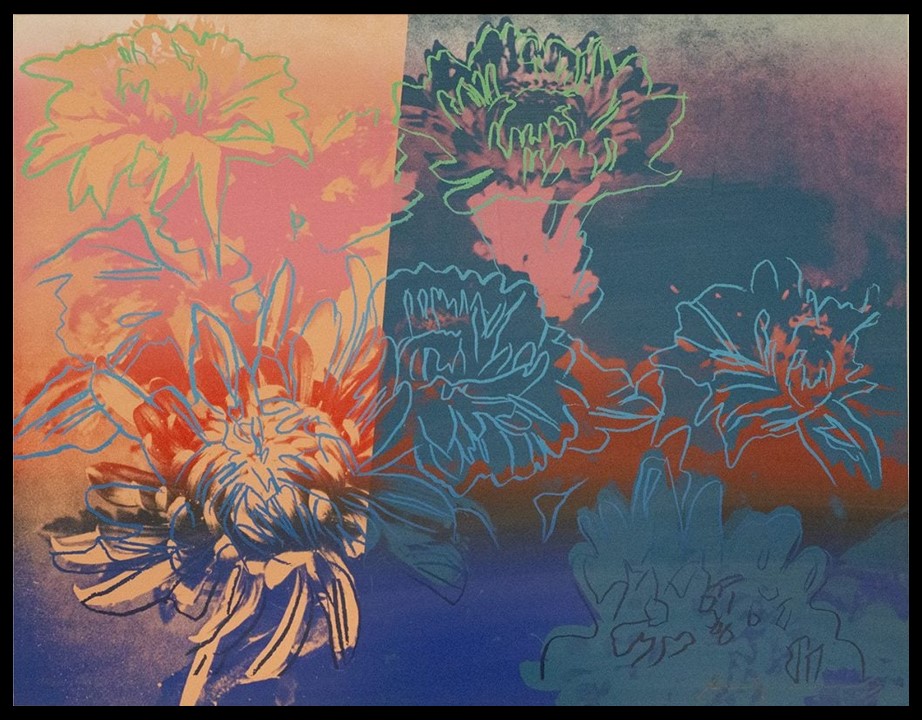
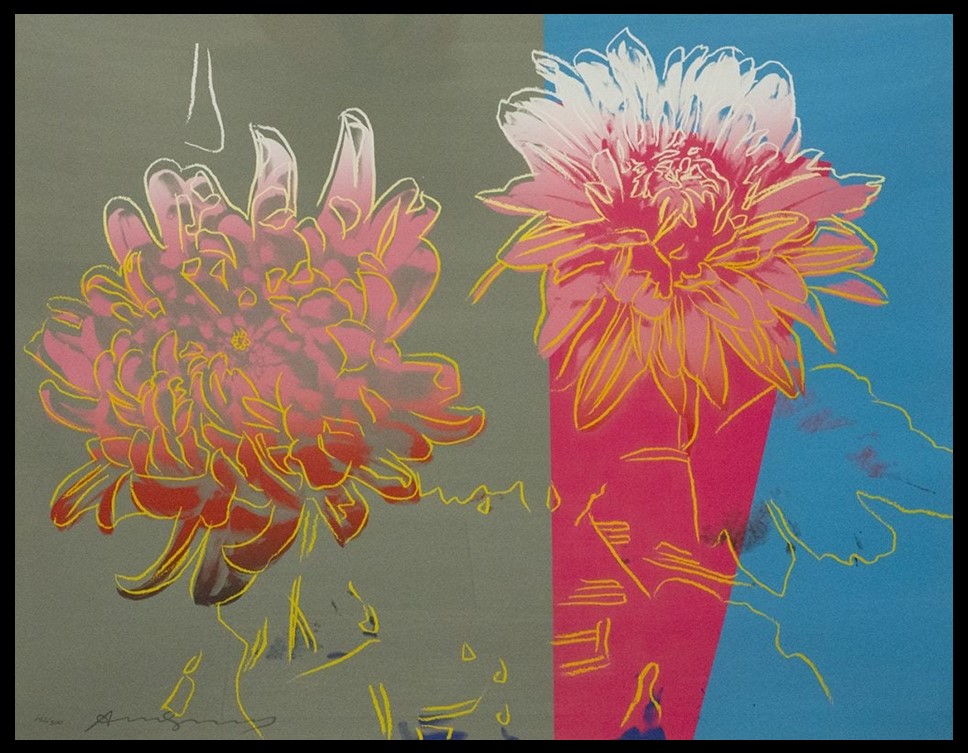
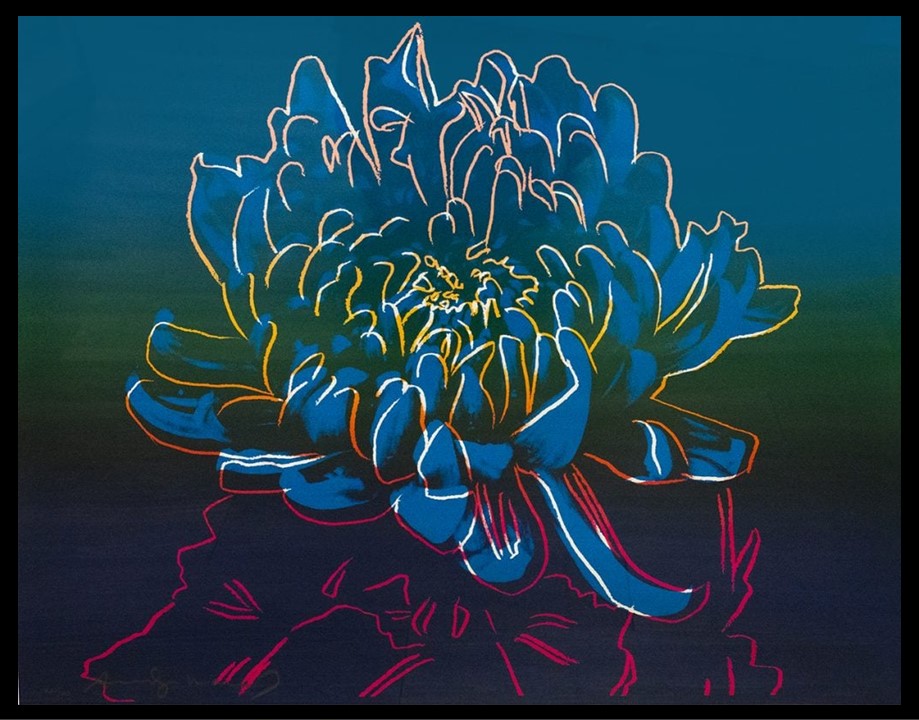
https://news.artnet.com/art-world/spotlight-andy-warhol-chrysanthemum-prints-1991310
Aesthetically, the Kiku prints are a striking fusion of delicate natural imagery and Warhol’s vibrant, modernist approach. Through the use of contrasting colors and layered repetition, the chrysanthemums are transformed into a visual rhythm that is both meditative and contemporary. Each print balances the flower’s elegance with the intensity of modern design, celebrating the chrysanthemum not merely as a botanical subject but as a symbol of cultural exchange, bridging centuries of artistic tradition from Japan to the Western pop art world.
The original prints created for Watanuki are part of a limited edition and are now held in private collections and select galleries worldwide. While not permanently on public display, they occasionally appear in exhibitions and auctions, offering glimpses into Warhol’s engagement with Japanese culture. Institutions such as the Gendai Hanga Center in Tokyo and galleries specializing in Warhol’s work may provide opportunities to experience these intimate yet powerful prints firsthand.
The chrysanthemum holds a special place in Japanese culture as the quintessential flower of autumn, symbolizing longevity, rejuvenation, and the quiet beauty of the season. Its bloom coincides with the cooling of the year, making it a central motif in art, poetry, and seasonal celebrations such as the Chōyō no Sekku (Festival of the Double Ninth) in September. In the West, the chrysanthemum was adopted into the floral calendar as the flower of November, representing respect, honor, and the transitional beauty of late autumn. This cross-cultural recognition highlights the universal appeal of the chrysanthemum’s form and symbolism, linking the seasonal reflections captured in Bashō’s haiku to the modern reinterpretation found in Warhol’s Kiku prints.
Matsuo Bashō (1644–1694) is considered the greatest master of Japanese haiku. He lived during the Edo period and elevated the short poem from a playful literary pastime into a deeply expressive art form. Bashō was born Matsuo Kinsaku in Ueno (now Iga, Japan) and trained in both classical Chinese and Japanese poetry before dedicating himself to haikai (the predecessor of haiku). He lived much of his life as a wandering poet, traveling through Japan on long journeys that inspired his most famous works, such as The Narrow Road to the Deep North (Oku no Hosomichi). His haiku often capture fleeting natural scenes, a frog jumping into an old pond, the sound of cicadas, the stillness of autumn evenings, with profound simplicity. He combined Zen Buddhist awareness, classical elegance, and keen observation of everyday life, making haiku both deeply spiritual and accessible.
For a Student Activity inspired by Ady Warhol’s prints oh Kiku, please… Check HERE!
Bibliography: https://news.artnet.com/art-world/spotlight-andy-warhol-chrysanthemum-prints-1991310 and https://www.poetryfoundation.org/poets/basho
